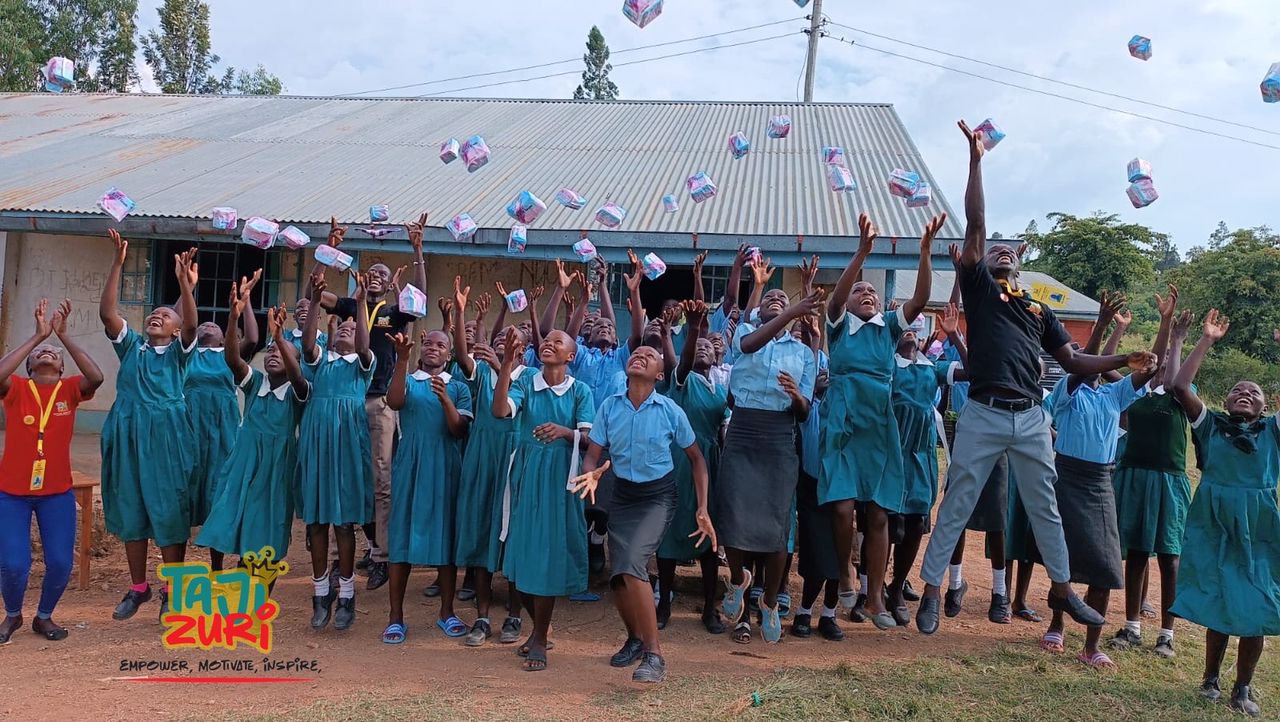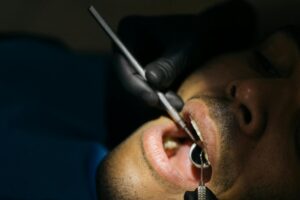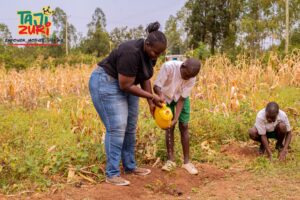Introduction
Sexual and reproductive health refers to a broad range of services that cover access to contraception, fertility and infertility care, maternal and perinatal health, prevention and treatment of sexually transmitted infections (STIs), protection from sexual and gender-based violence, and education on safe and healthy relationships.
Experiencing sexual and reproductive health means that a person has complete physical, mental and social well-being in all matters relating to their reproductive system and its functions. In everyday life, this means that people are able to have satisfying and safe sex lives, to have healthy pregnancies and births, and decide if, when and how often to have children.
Children and adolescents are among the most vulnerable groups in the community because of their limited access to resources, dependency on adults, and lack of full autonomy over their decisions. This vulnerability is further compounded by not being informed about their bodies, rights, and health. Adolescents, in particular, undergo significant physical, emotional, and psychological changes that can expose them to health risks such as early pregnancies, sexually transmitted infections (STIs), gender-based violence, and harmful cultural practices. It is therefore essential to equip them with comprehensive knowledge about sexual and reproductive health and hygiene. When young people have enough knowledge, they are empowered to make safer and healthier choices, protect themselves from exploitation and abuse, and advocate for their own well-being.
Access to sexual and reproductive health services is a human right and should be available to all people throughout their lives, as part of ensuring universal health coverage. This not only contributes to improved health outcomes, but also to gender equality and wider development.
Sexual and Reproductive Health Rights of Children and Adolescents (According to WHO)
Reproductive health rights refer to those rights specific to personal decision making and behavior, including access to reproductive health information and services with guidance provided by trained health professionals.
As part of basic human rights, children and adolescents are entitled to full enjoyment of their sexual and reproductive health rights (SRHR). These rights are:
- Right to Information and Education:
- Comprehensive Sexuality Education:
Children and adolescents have the right to access age-appropriate, evidence-based information about their bodies, sexual health, and relationships.
- Accessible Information:
This includes information about contraception, preventing sexually transmitted infections (STIs), and safe sexual practices.
- Respectful and Non-Threatening Environment:
Information should be provided in a way that respects their autonomy and confidentiality.
- Right to Access Services:
- Comprehensive and Affordable Services:
Adolescents have the right to access a full range of sexual and reproductive health services, including contraception, STI prevention and treatment, and safe abortion care (where legal).
- Accessibility:
Services should be available, affordable, and geographically accessible, including in rural areas and for marginalized populations.
- Confidentiality:
Services should be provided with respect for privacy and confidentiality, without mandatory parental authorization or notification.
- Right to Make Informed Decisions:
- Autonomy:
Adolescents have the right to make their own decisions about their sexual activity, including whether or not to be sexually active, with whom, and how.
- Informed Consent:
These decisions should be made based on accurate information and without coercion or pressure.
- Right to be Free from Discrimination, Coercion, and Violence:
- Protection from Harm:
Adolescents have the right to be protected from all forms of sexual violence, exploitation, and abuse, including harmful cultural practices.
- Equality:
They have the right to expect and demand equality, full consent, and mutual respect in their sexual relationships.
- Right to Health:
- Holistic Well-being:
Sexual and reproductive health is a fundamental part of overall health and well-being. It encompasses physical, mental, and social aspects.
- Dignity and Respect:
Ensuring access to sexual and reproductive health services upholds the dignity, rights, and well-being of individuals.
- Importance of Social Participation and Communication:
- Engaging Adolescents:
Adolescents should be actively involved in the planning and implementation of programs and policies related to their sexual and reproductive health.
- Clear Communication:
Effective communication is crucial for empowering adolescents to make informed decisions and transition into adulthood.
These rights are interconnected and essential for ensuring that adolescents can reach their full potential and enjoy a healthy and fulfilling life.
Repercussions of Violating the Sexual and Reproductive Health Rights
The violation of these rights can lead to severe and long-lasting consequences, including:
- Early and Unintended Pregnancies
Lack of comprehensive sexuality education and access to contraception often cause teenage pregnancies, which can cause health complications, interrupt education, and increase poverty. - Increased Rates of STIs and HIV
Increased risk of contracting sexually transmitted infections due to lack of knowledge and access to preventive tools like condoms. - Gender-Based Violence and Exploitation
Denial of consent and exposure to sexual abuse, harassment, or early marriages are some violations that can cause physical trauma, mental health disorders, and social isolation. - Psychological and Emotional Distress
Violations can cause anxiety, depression, low self-esteem, and even suicide due to shame, guilt, or trauma from abuse and neglect. - Educational Disruption and Poverty
Girls who become pregnant early are often forced to drop out of school, limiting their future opportunities and perpetuating cycles of poverty and dependence.
In addition, human rights violations can result in legal and regulatory consequences such as fines, penalties, and lawsuits, as well as financial restrictions and possible international sanctions, including trade embargoes.
Ways to Spread Knowledge About Sexual and Reproductive Health Rights
- Comprehensive Sexuality Education in Schools
Including age-appropriate, gender-sensitive, and evidence-based sexuality education in school curricula helps normalize conversations about sexual health and empowers learners to make informed choices. - Use of Mass and social media
Promoting healthy behaviors among young people, through digital platforms such as Media campaigns on TV, radio, and digital platforms can help raise awareness and debunk myths. - Community Outreach and Peer Education
Making information relatable and fostering open discussions by training peer educators and youth mentors can reach adolescents in schools and communities. - Health Facilities Offering Youth-Friendly Services
Clinics and hospitals should be safe spaces where adolescents can access services with confidentiality, respect, and without stigma. - Engaging Parents and Caregivers
Encouraging open dialogue within families about sexual and reproductive health builds trust and supports adolescents in making healthy decisions. - Policy and Legal Reforms
Governments and stakeholders should develop and implement laws that uphold adolescents’ SRHR and ensure accountability when these rights are violated.
Conclusion
For the development and empowerment of children, it is very crucial to understand and respect their sexual and reproductive health rights. According to WHO, children and adolescents have the right to make informed decisions about their sexual and reproductive health, free from discrimination, coercion, and violence. This includes the right to access comprehensive sexuality education, relevant information, and essential health services, as well as the right to privacy and confidentiality. Educating young people and protecting their rights benefits not just individuals, but entire communities and nations by promoting healthier, more informed, and empowered generations.




